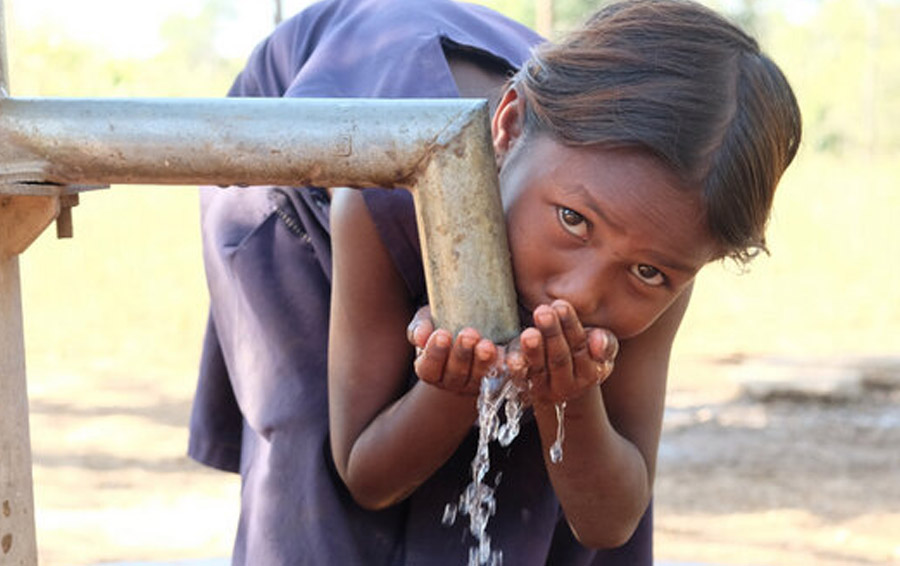Food and Water Safety
Source: World Health Organization and Water Safety

India is the second most populous country in the world,with more than 1 billion citizens. A staggering 344 million practice open defecation.
WATER SAFETY
The World Bank estimates that 21 percent of communicable diseases in India have been linked to unsafe water and the lack of hygiene practices. Further, more than 500 children under the age of five die each day from diarrhea in India alone.Contaminated water and poor sanitation contribute to the transmission of diseases such as cholera, diarrhoea, dysentery, hepatitis A, typhoid, and polio. Absent, inadequate, or inappropriately managed water and sanitation services expose individuals to preventable health risks.
FOOD SAFETY
Rule 1: Wash hands between stepsWashing your hands before cooking is almost a no brainer,but many forget to also wash between steps. This is especially true that you should wash your hands after handling raw meat.You also should wash your hands after touching any other surfaces. Little things like running out to the garage to grab something out of the deep freeze expose your hands to germs on light switches, doorknobs and handles. Before handling any food again, you need to wash your hands.
Rule 2: Sanitize work surfaces.
When preparing meals, make sure that your counters,cutting boards and all work surfaces have been completely sanitized.
Rule 3: Use separate cutting boards for raw meats,vegetables and produce, and cooked foods.
It may seem like a hassle to have multiple cutting boards in your kitchen, but this is one of the most important food safety rules. Designate one board for raw meats, one for fruits and vegetables, and one for cutting cooked or prepared food. Preventing cross-contamination of raw foods with cooked foods will reduce your risk of food-borne diseases.
Rule 4: Cook foods to safe temperatures.
When cooking it is important to remember food safety also includes knowing what temperatures to reach during the cooking/baking process. For instance, poultry is generally safe to eat after cooking to 165 to 175 degrees. On the other hand, red meat may be safe to eat at slightly lower temperatures.
Know these few safety rules will help to keep you and your family safe.
